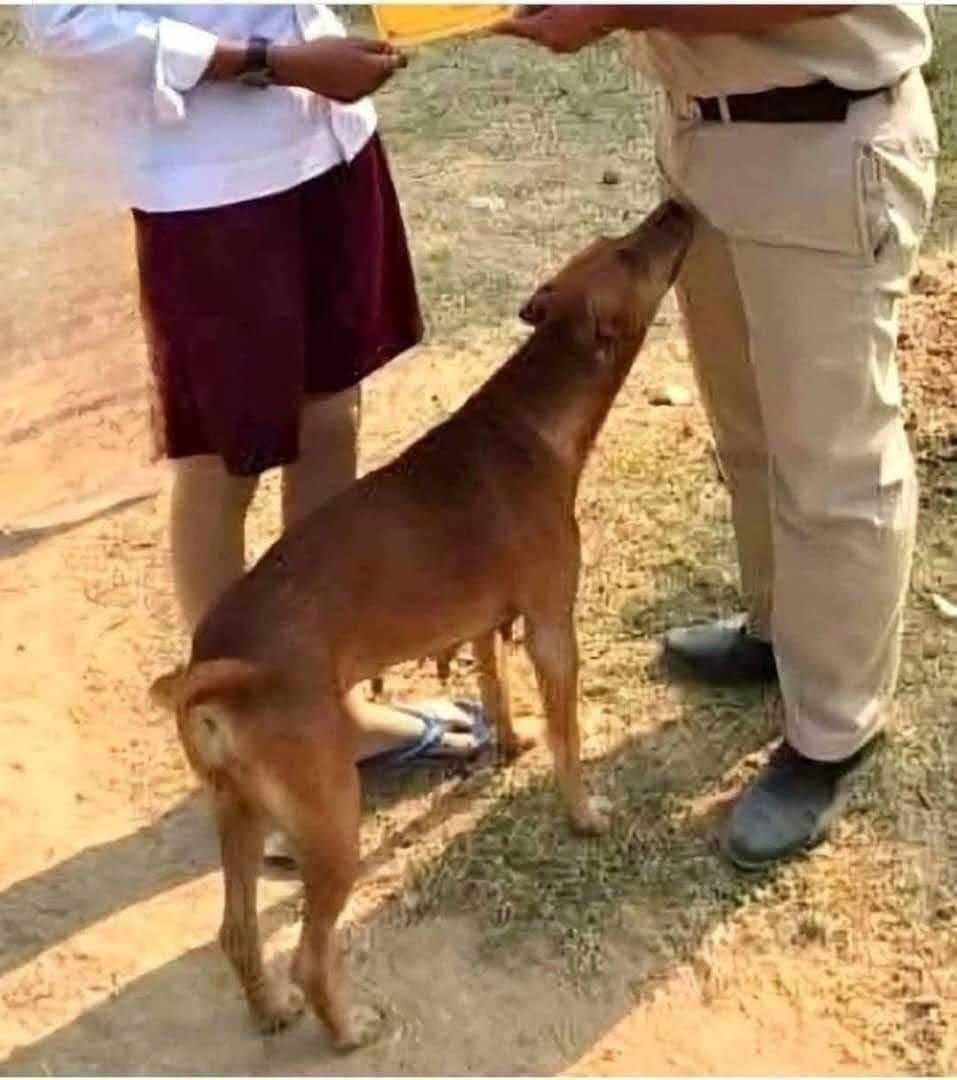Of course, this natural behavior can be awkward in social situations. The good news is that you can teach your dog to greet people in a more polite way. Trainers often recommend “fist targeting.” Simply present your closed fist to your dog, let it touch the fist with its nose, say “yes” or click, and then reward with a treat. Repeat until your dog learns to greet people this way. It’s a gentle redirection that teaches good manners without punishment.
To your dog, sniffing is a form of communication — a way to understand the world. Every walk is like reading a newspaper filled with scent stories. They can smell things from extraordinary distances, far beyond what humans are capable of detecting.
So, if your dog decides to sniff a little too closely, don’t take it personally. They’re not trying to be rude — they’re just saying hello in their own language. Staying calm, gently redirecting, and rewarding the right behavior will go a long way in helping them learn boundaries.
At the end of the day, dogs act on instinct, not etiquette. Their curiosity, honesty, and unfiltered affection are part of what makes them such special companions. When your furry friend sniffs you a little too enthusiastically, remember — it’s not weird, it’s biology. In their world, that’s just another way of saying, “I know you. You’re my friend.”Some breeds with especially powerful noses, like Beagles and Bloodhounds, are even more driven to investigate this way. It’s not bad manners — it’s just instinct.
Dogs can gather incredible amounts of information from a single sniff. They can sense changes in hormones, stress, or illness. That’s why trained dogs can detect certain types of cancer, low blood sugar, or even predict seizures. Their ability to sense biological changes makes them not only loyal companions but also valuable helpers in medicine and safety.
